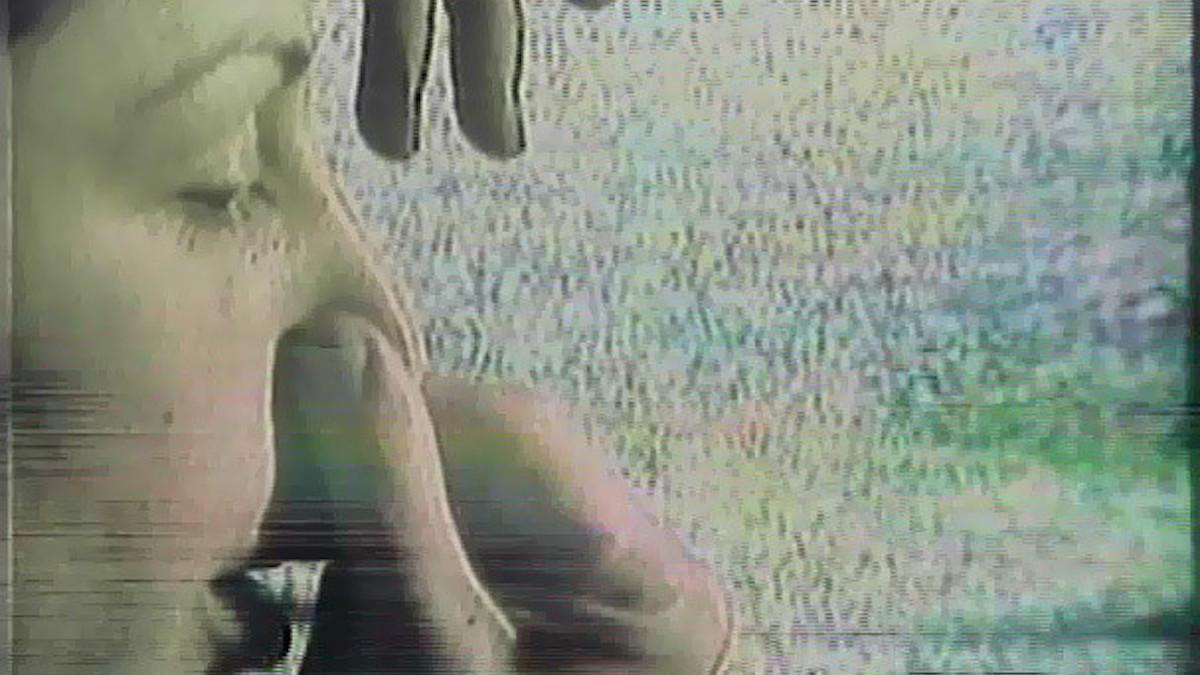Renowned for her bold and tactile sculptures, Lynda Benglis produced a body of groundbreaking videos in the mid-1970s. Immediate and visceral, these works gave new form to Benglis’s ongoing exploration of gender, self-presentation, and the media. She also used them to translate many of her radical experiments with physical materials—dayglo latex poured directly on the floor and large-scale polyurethane foam structures cantilevered off of walls—into the electronic pulse of video, layering sound and image into provocative collages of the body and time. This program brings together her earliest experiments, including Document (1972) and Mumble (1972), produced as part of an ongoing exchange with the artist Robert Morris; such seminal tapes as Now (1973) and Female Sensibility (1973); and her only narrative work, The Amazing Bow Wow (1976), a tale of gender, family, and difference, produced with the director Stanton Kaye.
Lynda Benglis lives and works in New York, New York, and Santa Fe, New Mexico. Using materials as an extension of her own body, she has created biomorphic forms that explore the physical gesture. Over the course of her career, these materials have included wax, polyurethane, latex, cast metal, glass, and video. Benglis is the subject of a current exhibition at the National Gallery of Art, Washington, DC, and a forthcoming exhibition at the Nasher Sculpture Center, Dallas (2022). She is the recipient of a Guggenheim Fellowship and two National Endowment for the Arts grants, among others. Her work is in the permanent collections of public institutions including the Museum of Modern Art, New York; the Metropolitan Museum of Art, New York; the Guggenheim Museum, New York; the Whitney Museum of American Art, New York; the Los Angeles County Museum of Art; the San Francisco Museum of Modern Art; the Walker Art Center, Minneapolis; the Art Institute of Chicago; the National Gallery of Art, Washington, DC; and Tate, London.
Presented in partnership with Video Data Bank.
Related Event:
Lynda Benglis in Conversation with Molly Donovan
Friday, October 8, 6:00 p.m.
Virtual Event
Closed captions available
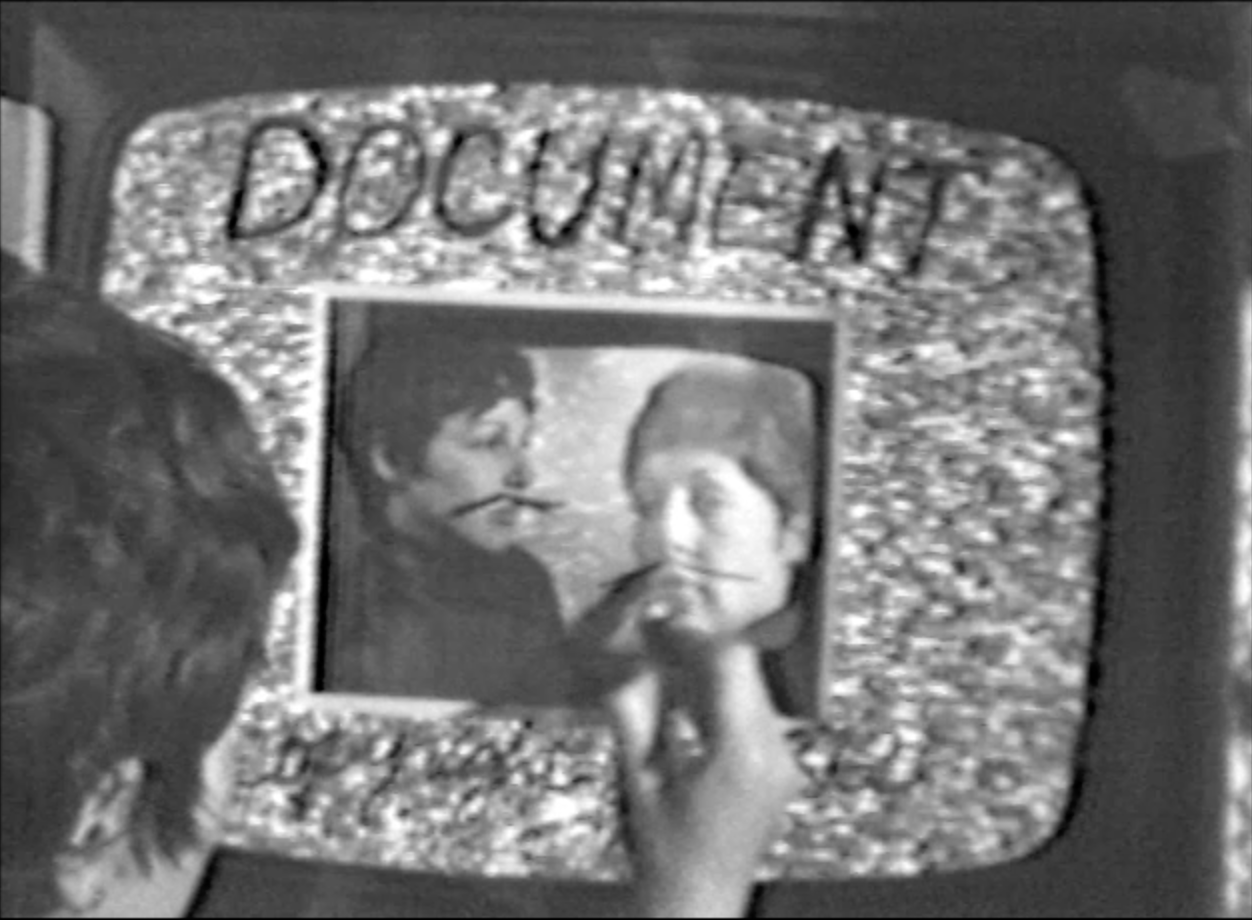
Benglis calls into question the notion of the original and reality in this early tape by layering multiple images of herself—including a still photograph of her profile in front of a video monitor also showing her profile. As the camera zooms in on the still photo, the viewer is made acutely aware of the many generations of images and how easily one might be deceived into believing that the image on screen is reality. (Carrie Przybilla)
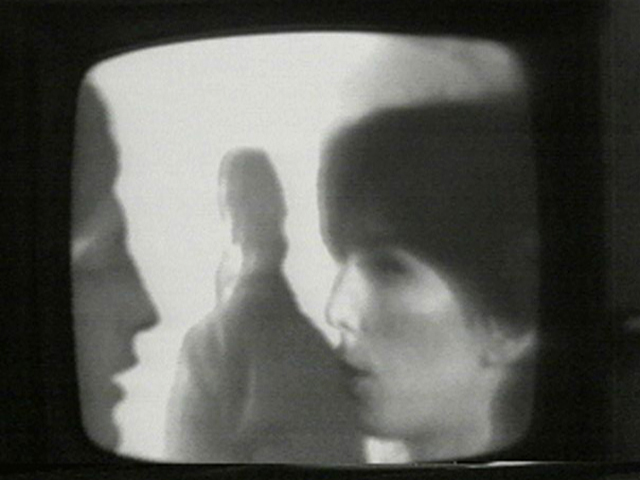
Part of an ongoing video correspondence with sculptor Robert Morris, Mumble features Benglis, Morris, the artist’s brother Jim Benglis, and Marilyn Lenkowsky in a series of recordings nested within recordings. The piece opens with the image of a monitor, on it is the image of another monitor, on it is yet a third. Abrupt, in-camera editing shuffles characters disjunctively. The soundtrack is a chorus of voices: the artist’s observations about her surroundings, Morris's Marxist musings, and Jim Benglis and Lenkowsky’s muffled conversation. (Adapted from Video Data Bank and Electronic Arts Intermix)
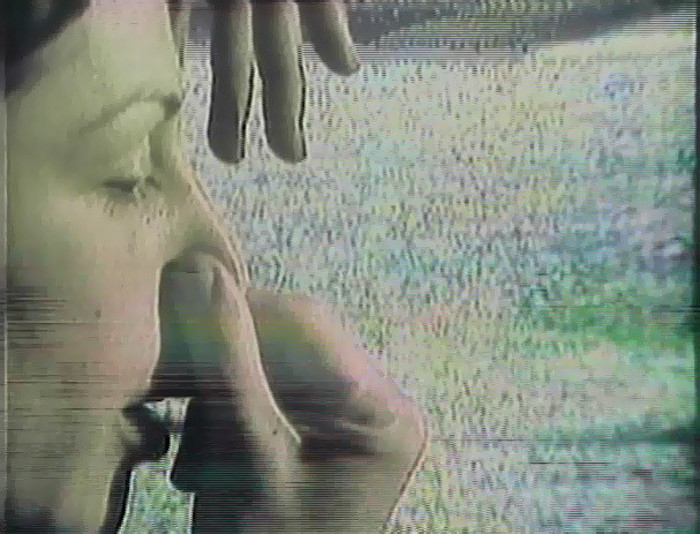
Now takes on video's claims to immediacy and authenticity as Benglis juxtaposes live performance with her own pre-recorded image. The soundtrack features phrases such as "Now!" and "Start recording," commands that usually ground us in the present, but here serve to deepen the confusion between live signals and mediation. Repeated takes and acidic color processing heighten this challenge to video's power of "liveness." (Adapted from Electronic Arts Intermix)
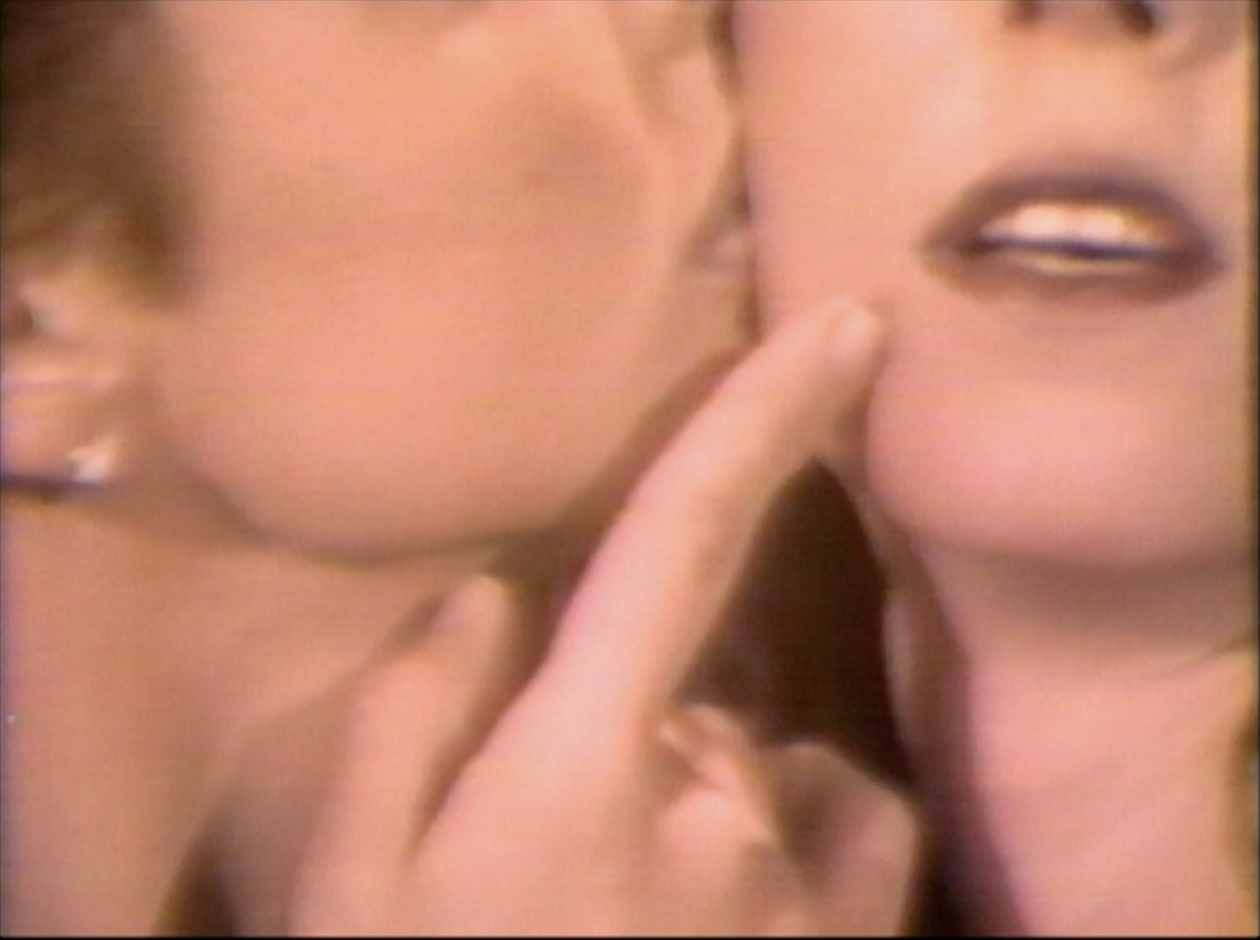
Lynda Benglis and Marilyn Lenkowsky take turns submitting to each other’s kisses and caresses. Benglis sets their actions to a soundtrack of misogynist radio personalities, country ballads, and advertisements. Read against the feminist film theory of the male gaze, the tape becomes a highly charged statement of the sexual politics of viewing and role-playing and, as such, is a crucial text in the development of early feminist video. (Adapted from Video Data Bank)
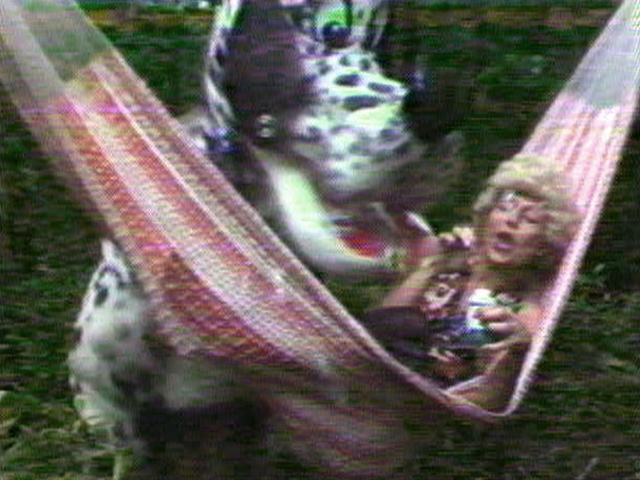
The Amazing Bow Wow tells the tragic tale of a hermaphroditic dog, reduced to performing as a tent-show freak. Problems begin when Bow Wow's owners, small-time carnival impresarios Rexina (Lynda Benglis) and Babu (Stanton Kaye), discover that their dog can not only talk, but is also highly intelligent. Its extraordinary abilities provoke fear and jealousy in Babu, and, conversely, affection and protectiveness in Rexina. A provocative study of gender and sexuality, The Amazing Bow Wow was remarkably prescient in its approach to sexual identity and its canny troubling of gender definitions. Benglis and Kaye also suggested that their intention was to examine the ways media rewards, exploits, and ultimately normalizes subversive creativity. (Adapted from Electronic Arts Intermix)


